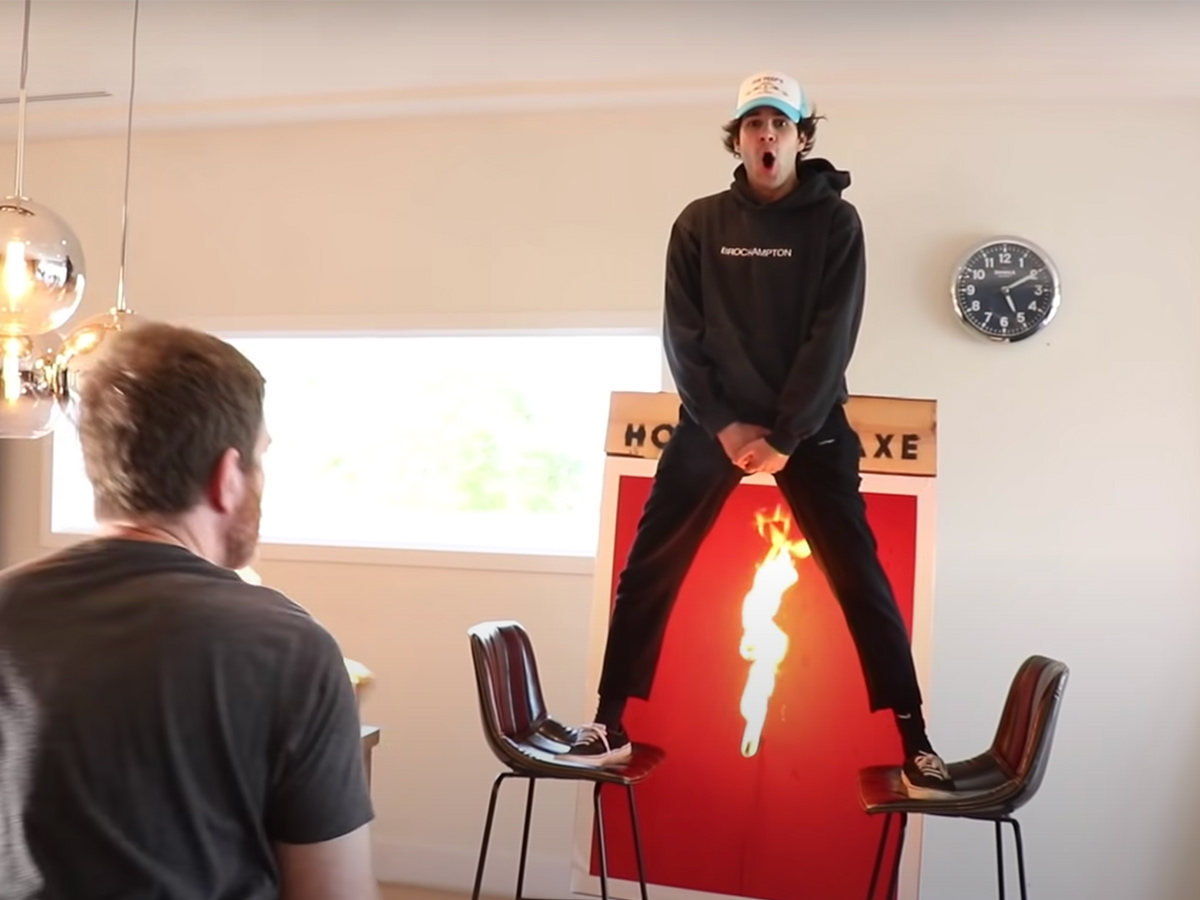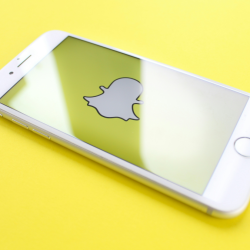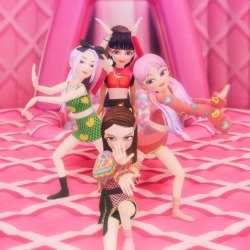“Be your own boss”.
The motivational slogan that has driven entrepreneurs, freelancers, and small business owners (as well as a fair number of pyramid schemes). It’s also the tempting promise at the heart of the burgeoning creator economy. We see from the current Great Resignation that traditional forms of employment are becoming increasingly unappealing, particularly for Gen Z-ers entering the workforce and questioning a lot of the drudgery that older generations have taken for granted.
Why slave away at a nine-to-five job in a junior position, they ask, when you can make more money and reach millions of people simply by putting your personality out into the world on any platform of your choosing?
It’s possible they have a point.
Although it might sound too good to be true, every time we open our phones we are reminded of people who have achieved this digital stardom. For some, this is the American Dream in a new form: just look at creators like David Dobrik, originally from Slovakia, who became one of America’s best know YouTubers before he had received his green card, or Anastasia Radzinskaya, the eight-year-old behind Like Nastya, who’s YouTube fame took her and her family from Russia to the United States.
For these creators, and many like them, creating content has allowed them to entirely transform their social and economic status.
Online creators can reach millions of people who enjoy the same niche interests as them, or experience their personal unique brand of humour becoming widely celebrated online. People in society who were previously overlooked, like stay-at-home moms and caregivers, can receive public recognition through lifestyle channels that document all the work that goes into raising a family.
Our entertainment diet is no longer decided by powerful (white, male) executives sitting in boardrooms in Los Angeles and New York. Thanks to TikTok, Instagram, YouTube, Snapchat et al, independent creators from across the world are setting the agenda for what the rest of us watch, listen to and enjoy. This content is also free to consume, with a democratic access model that doesn’t rely on ticket revenue or album sales. The barrier to entry for online entertainment is simply a smartphone and an internet connection. All of this would indicate that many of the utopian ideals that drove the development of the World Wide Web have been manifested through the creator economy.
We all know there is a catch
After initial media excitement surrounding the development of this economy and stories of creators making money “doing what they love”, we have become more attuned to the dangers surrounding this industry. The New York Times tells us Young Creators Are Burning Out and Breaking Down, while TubeFilter reports “90% Of Content Creators Deal With Burnout”. A quote from a Guardian article neatly summarizes the sense of disillusionment felt by many creators: “The most fun job imaginable became deeply bleak”.
Even the most established creators in the industry are at the mercy of the algorithms, and the changing tides of internet trends. After David Dobrik built his brand on frat boy antics, the need to keep building on that persona laid the groundwork for two separate incidents that triggered his downfall, as chronicled in the recent documentary ‘Under the Influence’. (One involved the star enabling an alleged sexual assault, the other saw a member of his “squad” become seriously injured while filming a prank video.) When these scandals broke, brand sponsors immediately severed ties with the 25-year-old, who is now back on YouTube after a short hiatus, offering fans a slightly more chastened version of his internet persona.
Before his public reputation suffered this hit, Dobrik’s place in the creator industry was highly enviable. With 18 million subscribers tuning in to watch his vlogs, at one point he was the fifth most viewed creator on the platform. This represents a level of fame that most smaller creators can only dream of. Although his channel might promise an endless stream of pranks and high jinks, Dobrik explains in the documentary “I convince people I’m having fun… this is all part of my act.”
Anyone who makes money from creating content knows that the production cycle can be relentless
Followers and brand sponsors continually demand more and more content. And if this is driving Gen-Z influencers towards burnout, what about the younger creators that are active on the platform? In the case of Anastasia Radzinskaya, her parents might handle the video production, but ultimately an eight-year-old is responsible for the entire family’s income. Her parents have said that when their daughter stops having fun, they’ll stop making the videos (the parents of Ryan Kaji, star of the hugely popular YouTube channel Ryan’s World, have echoed similar sentiments.)
However, when each video on these channels brings in far more money than most US workers make in a year, it’s easy to understand how the enjoyment of these child stars is complicated by the other factors at play.
The darker side of the creator economy is a far cry from the fantasy of creative independence that many of us might envisage when sitting at our office jobs, dreaming of starting our own podcast. Content creators are driven by the constant need to feed the appetites they have stoked, to satisfy brand sponsors, followers and platform algorithms.
So much for being your own boss.
Featured image: David Dobrik / YouTube
































